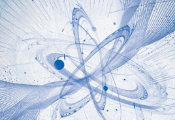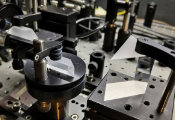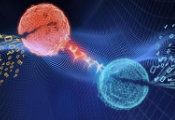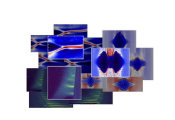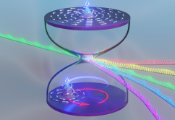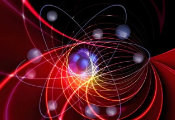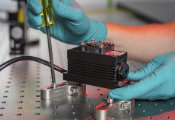Keeping the Photon in the Dark
July 09, 2025 - Excitons – bound pairs of electrons and electron hole – are quasiparticles that can arise in solids. While so-called “bright” excitons emit light and are therefore accessible, dark excitons are optically inactive. As a result, they have a significantly longer lifetime – which makes them ideal for storing and controlling quantum states and using them for advanced methods to generate entanglement.
Gregor Weihs and his team from the Department of Experimental Physics at the University of Innsbruck, together with researchers in Dortmund, Bayreuth, and Linz, have now demonstrated a versatile method that can be used to control dark excitons in semiconductor quantum dots. "Using chirped laser pulses and a magnetic field, we can manipulate the spin state of these excitons in a controlled manner and transform bright excitons into dark ones. We can also reverse this process and turn dark excitons back into bright ones," explain Florian Kappe and René Schwarz, first authors of the study. “In this way, the state can be kept in the dark for a prolonged period of time and reactivated later.”
In the experiment at the University of Innsbruck, the researchers were able to show how an exciton was stored in a dark state and converted back into a bright state by a further laser pulse. “This opens up new opportunities for the control of quantum memories and the generation of entangled photon pairs in quantum dots,” says Gregor Weihs, head of the research group.
The research work has been recently published in Science Advances and was financially supported by the Austrian Science Fund FWF, the Austrian Research Promotion Agency FFG and the European Union, among others.

